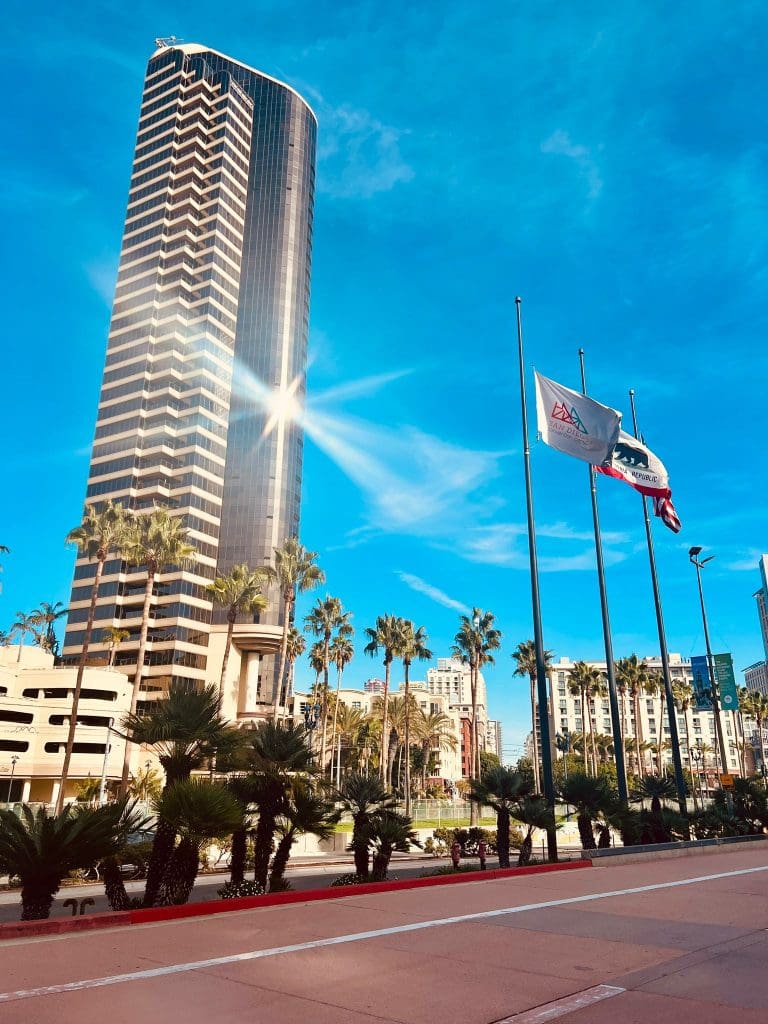By Dr Mitchell Smith, FLF CMO
January 2024
The American Society for Hematology (ASH) annual meeting brings together clinicians and researchers, uniting minds from around the world to explore and deliberate on the latest breakthroughs in hematology – a large part of which focuses on blood cancers, including FL.
Below is a roundup of the most exciting presentations on FL. We saw some fantastic progress, spanning from fundamental scientific discoveries to translational research and ongoing clinical trials. Amidst the wealth of information that covered a wide range of topics, we focus here on three interconnected overarching themes in FL at ASH 2023, that took place in December 2023 in San Diego, USA.
1. Immunotherapy: How good is it? What about using it earlier in the patient journey?
The ability to harness a patient’s own immune system, specifically T lymphocytes or T cells, is revolutionizing lymphoma therapy. CAR-T cells and bispecific antibodies, are therapies that work by targeting cell-surface proteins on B cells (CD19 and CD20). Both of these types of therapy have been approved to treat patients with multiply relapsed FL in some countries. Data were presented from studies with longer monitoring of patients who participated in clinical trials, and of “real-world” studies of patients treated outside of trials. These studies confirm very high response rates that last for several years or longer in many patients with various forms of these types of treatment.
The next step in this research is to improve outcomes even further, to get higher response rates and longer durations of response. Some studies are using these treatments earlier in a patient’s journey, even as initial therapy, either alone or in combination with other treatments. Using them earlier has the potential to minimise the need for chemotherapy, or even for a chemotherapy-free approach.

2. Can we make better CAR-Ts or better BiTEs?
Many promising reports focused on ways to improve the current generation of CAR-Ts, enhancing efficacy and/or ease of use. Some newer CAR-T therapies target different or additional cell-surface proteins apart from CD19. Others are created or engineered in different ways to reduce side effects, enhance efficacy, or make them easier to manufacture and use, thus making them more widely available. Other types of cells within the immune system, such as natural killer (NK) cells, can also be made into targeted therapies using the CAR approach.
New BiTE constructs and therapies that target cell-surface proteins other than CD20 are also being studied. Overall, this is a burgeoning field with multiple opportunities to improve the lives of FL patients.
One recent concern that was highlighted is data on a different form of lymphoma, T-cell lymphoma, occurring very rarely in patients who have received CAR-T cell infusions. Much is still to be learned to understand and prevent such events, but several experts at ASH reiterated that these occurrences are very rare and that the benefits of the treatment far outweigh this small risk. Indeed, it was noted that chemotherapy has long been known to have a small risk of secondary cancers as well.
3. Molecular testing of measurable minimal residual disease (MRD)
Fortunately, many initial treatments lead to complete remissions in a high proportion of FL patients. This, together with the slow-growing ‘indolent’ nature of FL means that progress can be slow since one needs to wait for the disease to reoccur to determine how effective a treatment is. New molecular methods which can detect minute amounts of DNA or RNA in the blood, shed from tumour cells (also referred to as “liquid biopsy”) are being developed to detect and measure how much cancer is in a patient.
It was exciting to hear several presentations applying these techniques to FL, particularly after treatment with BiTEs. These methods may allow earlier determination of how effective a treatment is, so we can identify and fast-track those which are most effective. It should also provide an early warning if the FL is growing back, allowing us to test early interventions. For now, these are only used in research settings, but likely will be in clinical use in the not-too-distant future.
Final thoughts
During the conference there were also numerous studies presenting data on new treatments being trialled in patients with FL. Some examples include: antibody-drug conjugates; drugs that actively promote cell death (BCL2 family modulators) or block cell survival signals (inhibitors targeting BTK and related cell signalling pathways); and drugs that enhance certain immune cell killing mechanisms.
Overall, there is a palpable sense of excitement with many advances occurring not only in new therapeutics, but also in understanding the underlying biology of FL so that we can not only progress more quickly in general, but specifically move to choosing the most suitable treatment for each individual.
Acknowledgements: Thank you to our Scientific Advisor, Prof. Jessica Okosun and to Dr. Will Lavelle and Dr. Carina Edmondson for their ASH 2023 insights.